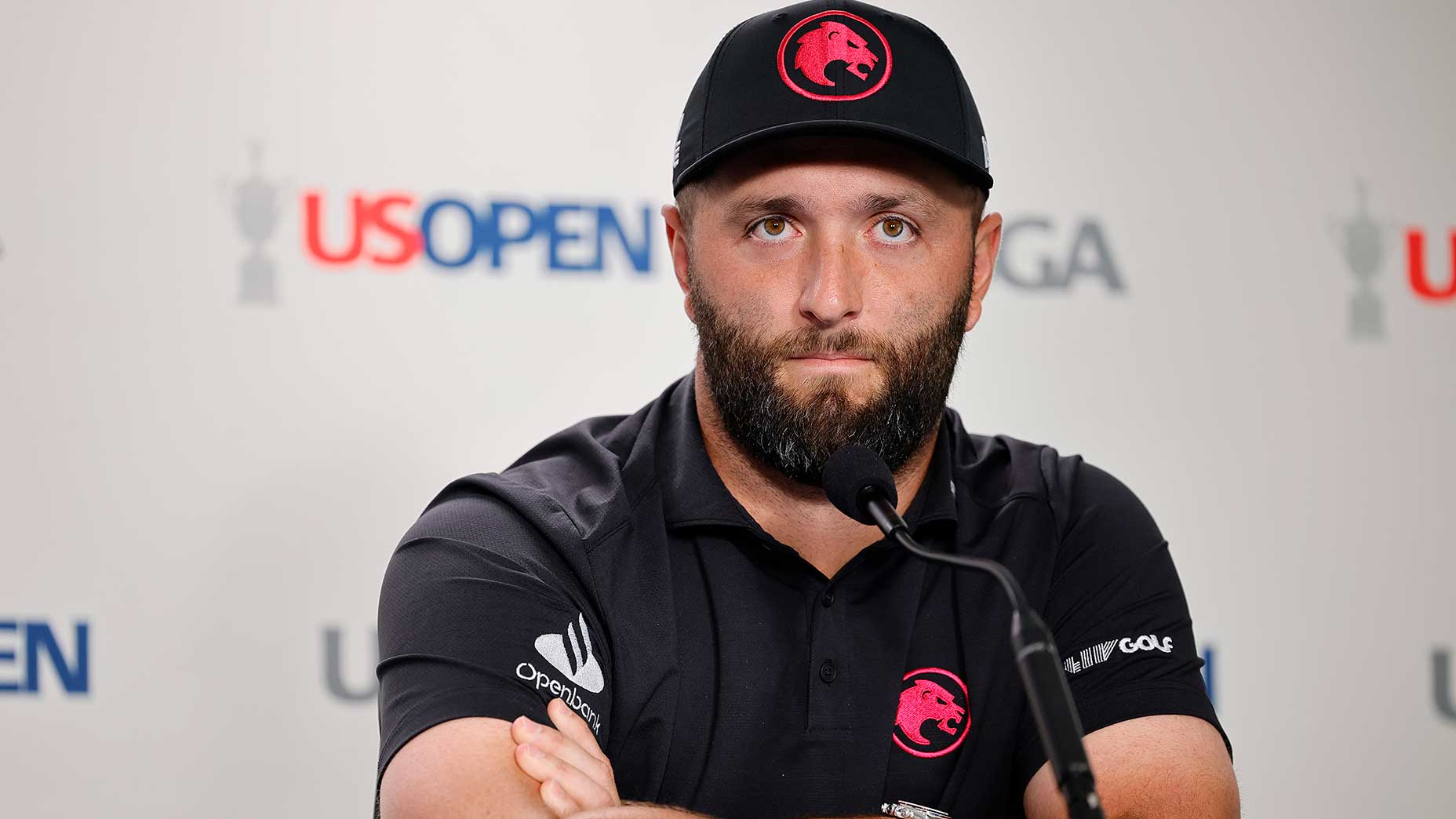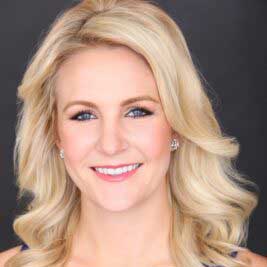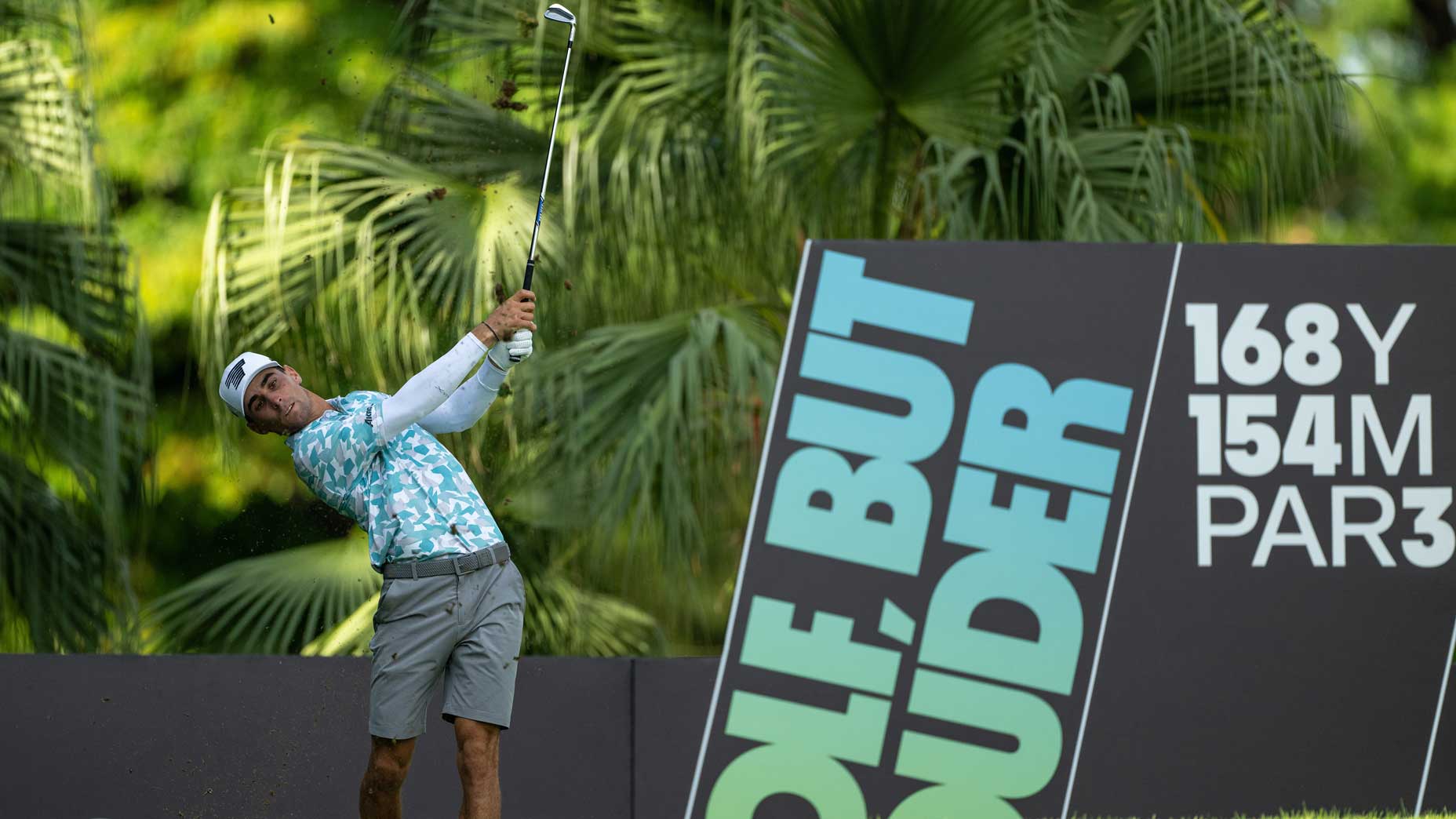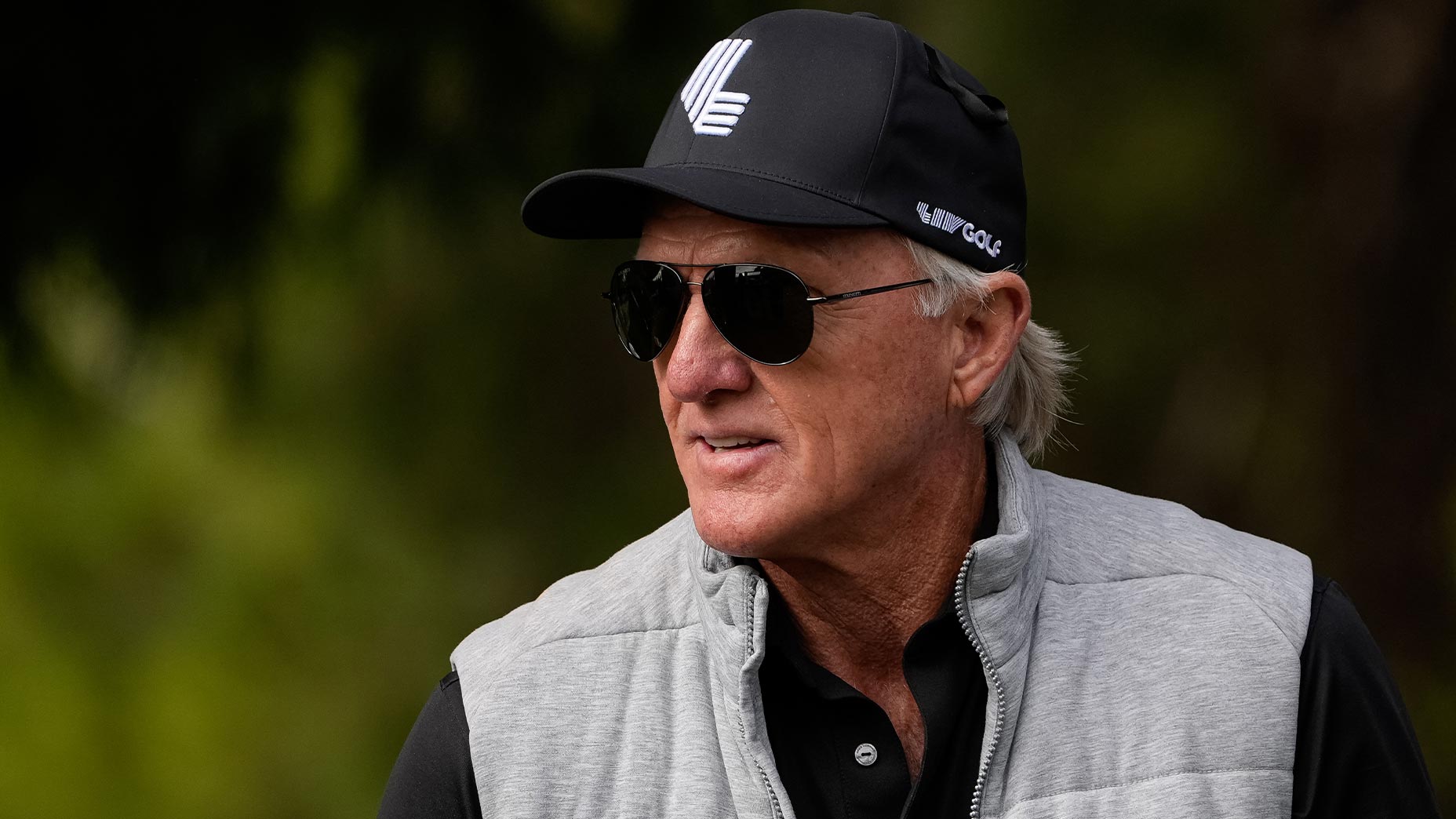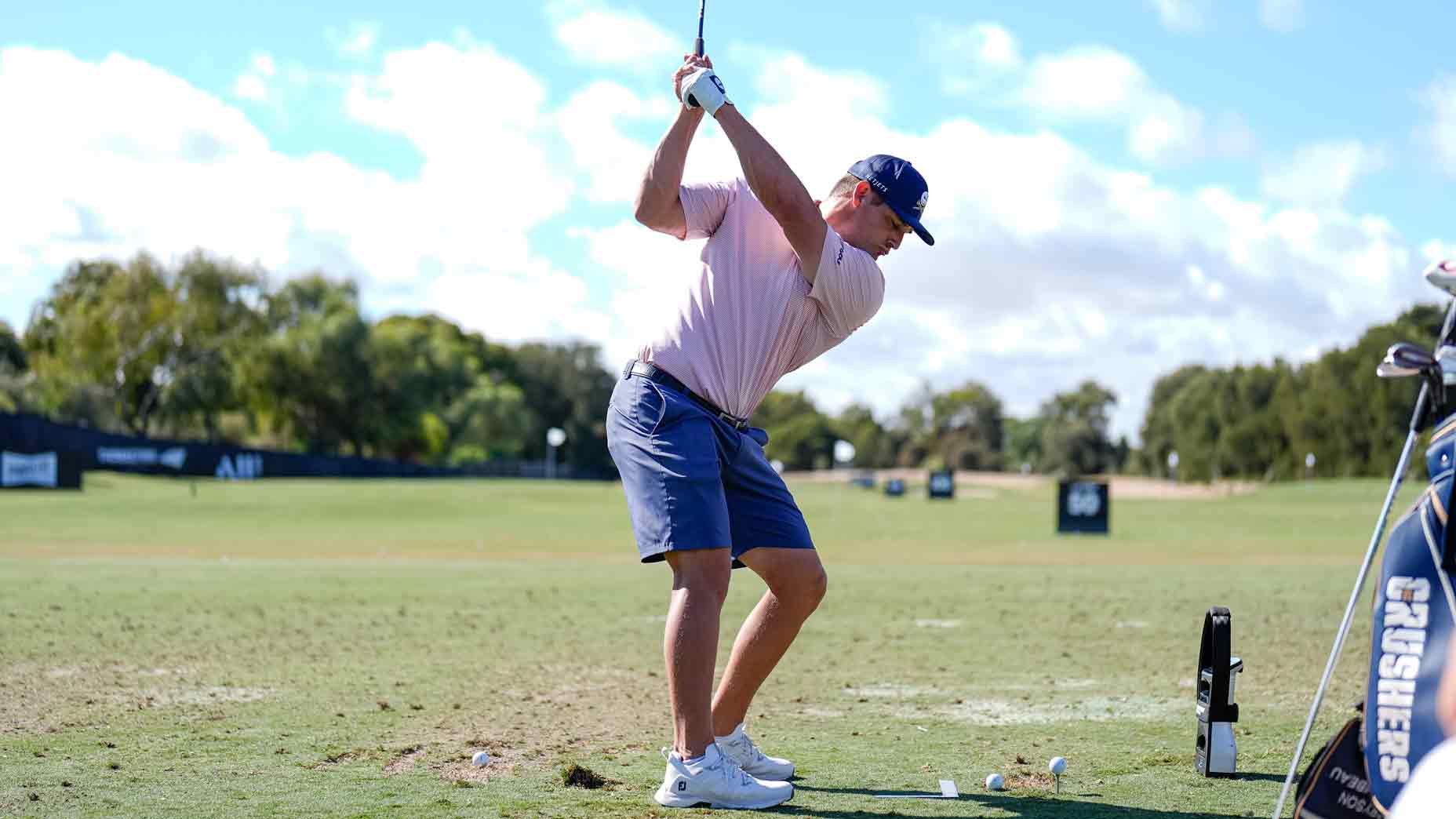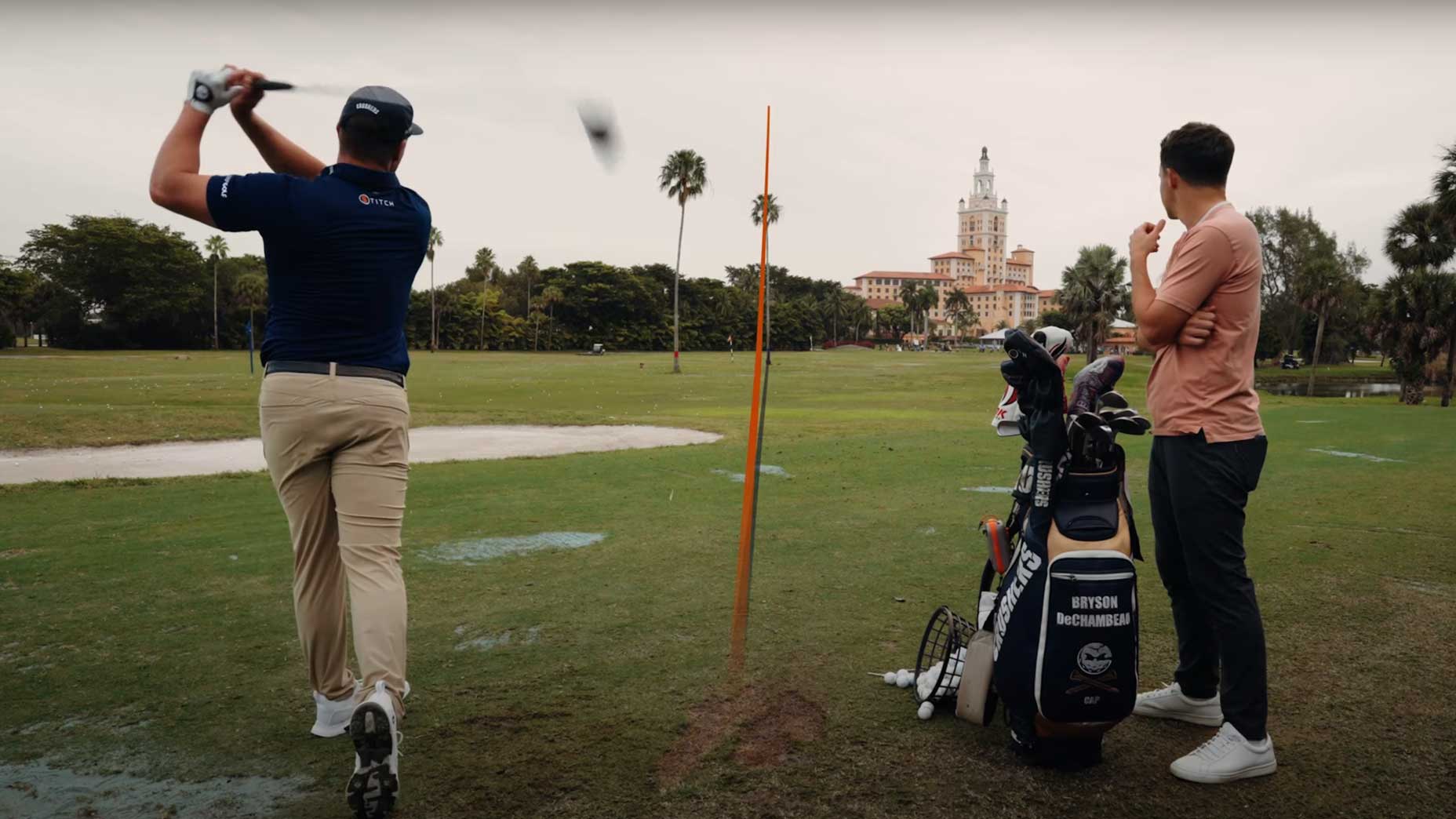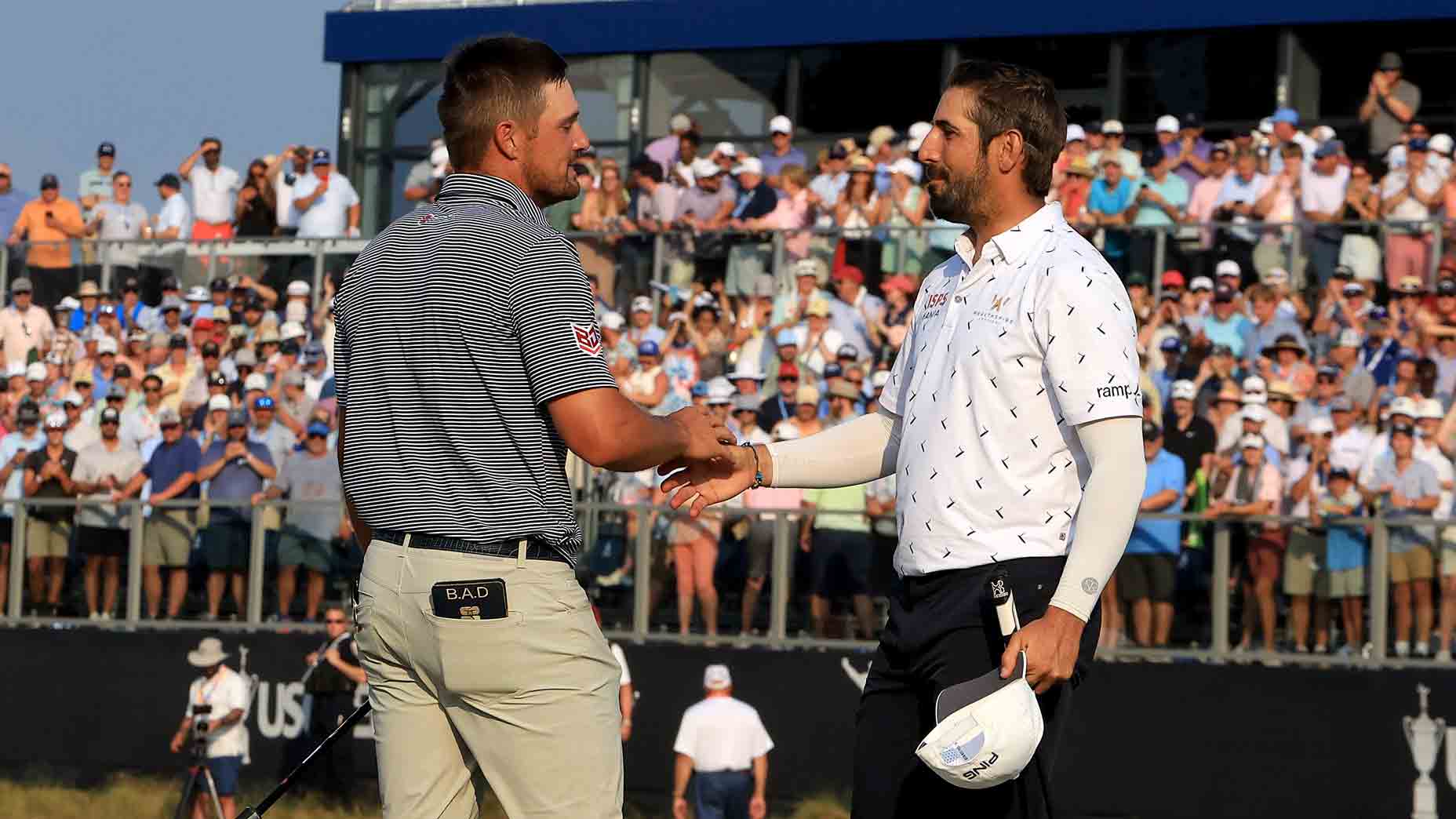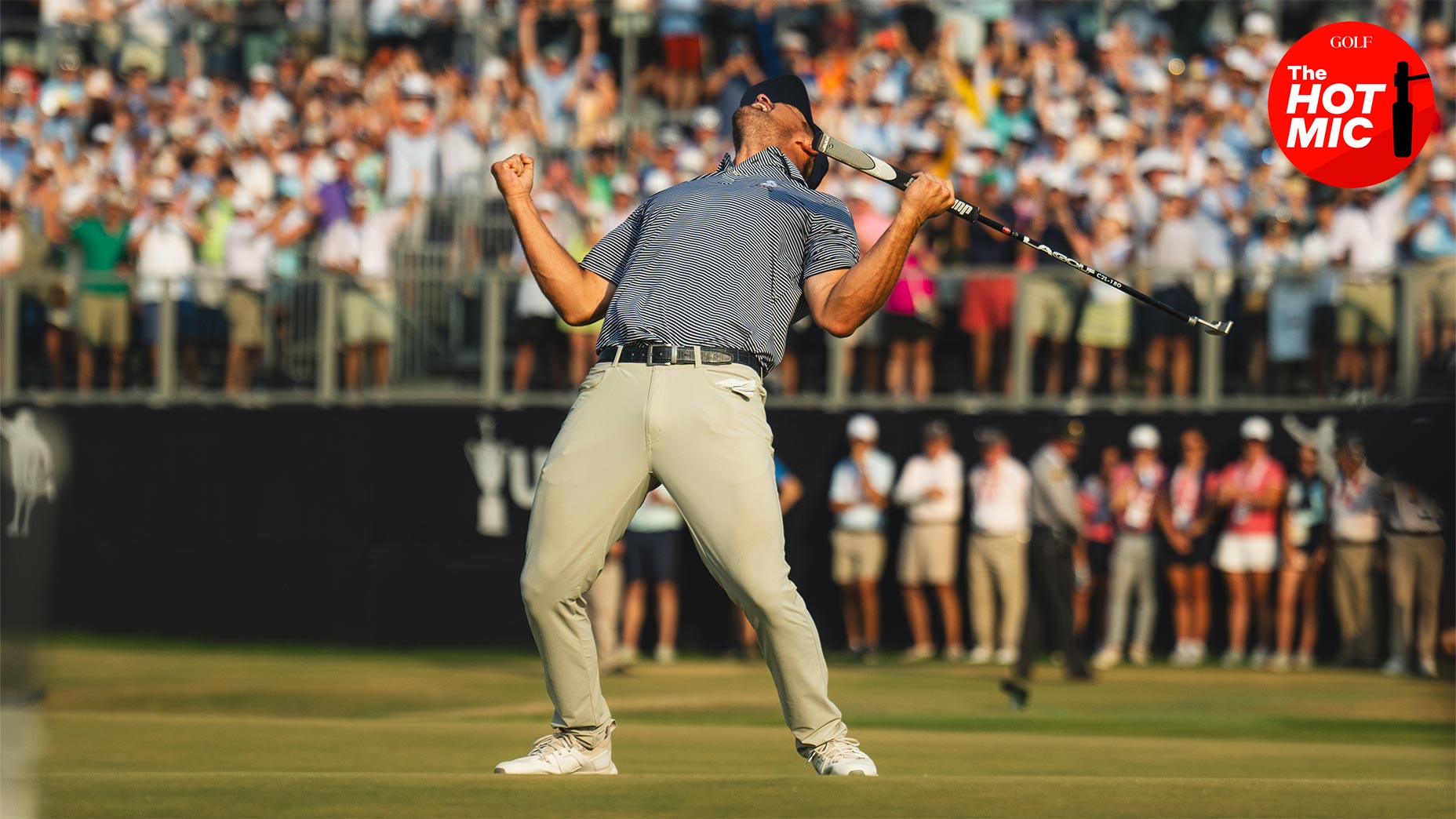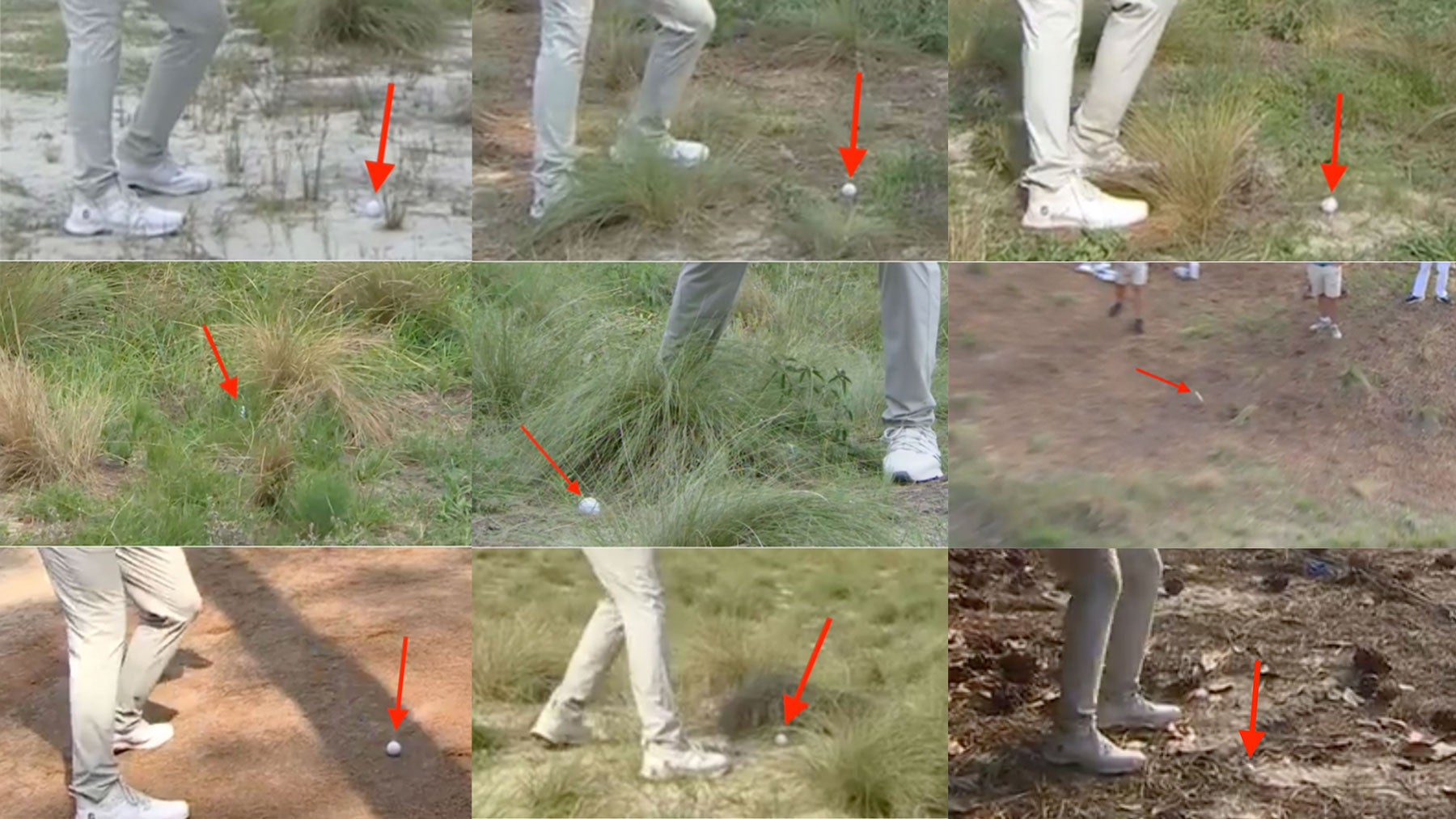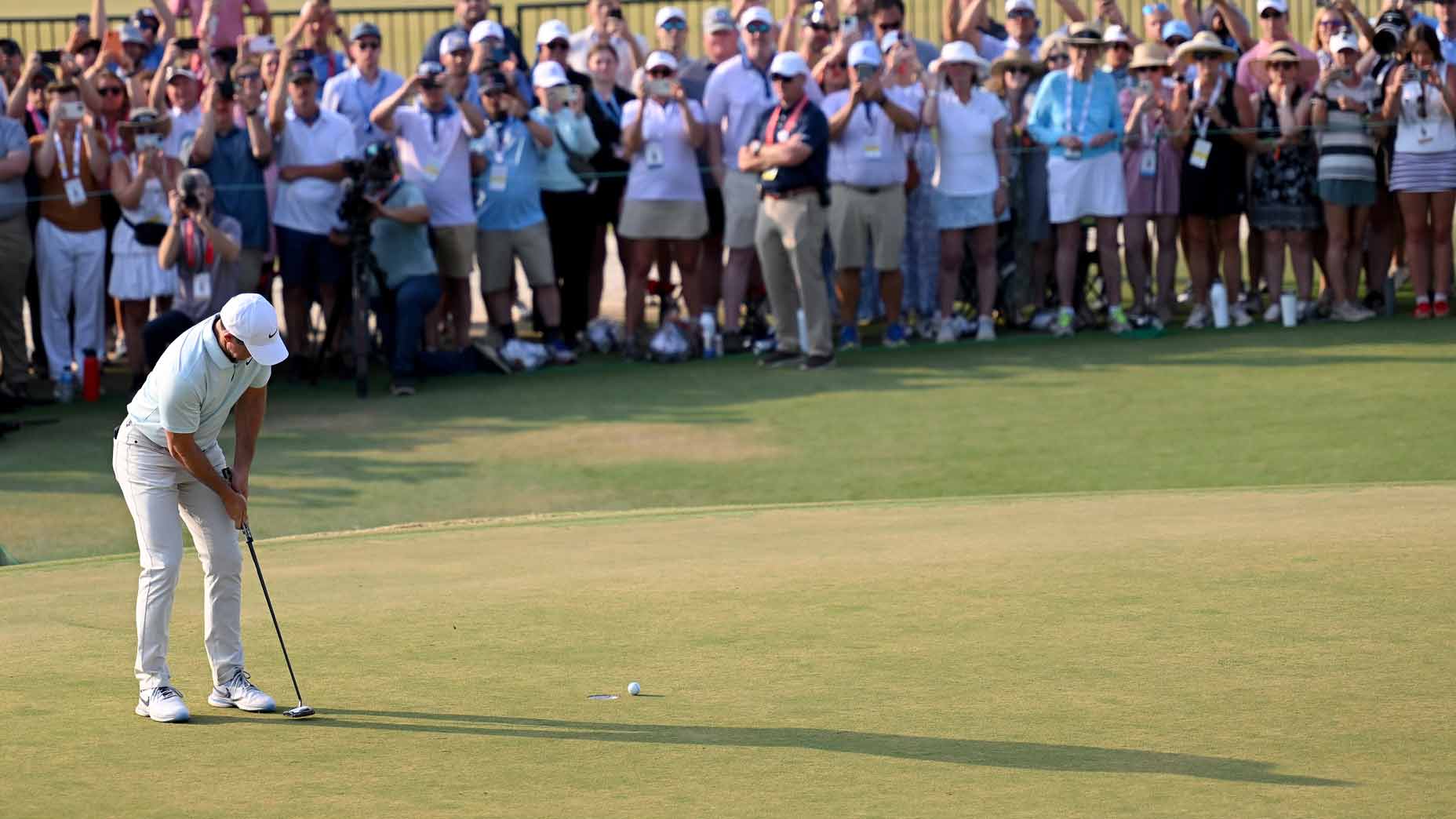‘The difficulty was through the roof’: Bryson DeChambeau reflects on U.S. Open-winning bunker shot

Bryson DeChambeau hit a perfectly executed bunker shot to seal his U.S. Open victory at Pinehurst.
Getty Images
After the drama and excitement of the U.S. Open over the weekend, you might think that Bryson DeChambeau would need to take a few days to decompress. Instead, he’s busier than ever. After a whirlwind media tour in New York City, DeChambeau was back to his day job on Wednesday, preparing for this week’s LIV Golf Nashville.
“I’ve been running on probably a cumulative total in the past three days, like maybe 12 hours of sleep, maybe,” DeChambeau said at his pre-tournament press conference. “You guys are the reason why I keep going. It’s been fantastic.”
DeChambeau covered a lot of ground in his interview, which included questions about how he balances content creation with practice, his thoughts about missing out on the Olympics for a second time and what it’s like to be a role model for young players. But for fans hoping to glean something from the two-time major champion’s on-course strategy at Pinehurst, he also went deep on his U.S. Open-winning bunker shot.
“As much as I am a very mechanical, methodical person, there is an artistry to me that not too many people know but I hope they are starting to see,” DeChambeau began. “And that 60-yard bunker shot, whatever it was, when I got up there, the one thing that gave me a lot of comfort was G-Bo telling me, Bryson, I’ve seen you hit way more difficult shots than this. You’ve got this. I stepped in there and executed it.
“I wanted a tap-in, but it got up to four feet, and I was ready to go nuts, and you could see me kind of get after it with G-Bo saying, ‘let’s go.’ That was so big. But I knew I had a four-footer to make. It wasn’t just a tap-in.”
As for what made the bunker shot so hard? DeChambeau said it was the precision required at impact.
“From a technicality standpoint, you can’t miss it a millimeter behind the ball or a millimeter too close to the ball,” he said. “From 60 yards with an open face, it’s an explosion shot, and if you catch it just a little thin, I’m hitting it into that clubhouse. There is no room for error. Very, very little room for error. For it to even go that far out of a bunker takes a pretty darned good amount of strength.
“If I chunked it, too, it’s short, hits the front edge and comes right back down. Now I’m trying to get up-and-down just to get into a playoff. The difficulty was through the roof, and it’s something that I never wish anyone to have, to have that experience. But in a U.S. Open, the toughest test in golf, you get presented that, you’ve just got to go full force into it and just embrace it and say, look, this is what the game of golf has given me, I’ve practiced this before. You’ve just got to execute it.
“But the difficulty level was through the roof,” he continued. “I knew how precise I needed to be. I remember looking down at the bunker and seeing just a small sliver of shiny sand about an inch and a half behind the ball, and I was like, just go right through that area, and that’s all I thought of. I knew how much energy to give it based on how I was swinging it, and I hit it just flawlessly. When it came out, my eyes popped up, they widened, and I’m like, that’s perfect, and it landed perfect, and it ran out, and I’m like, ‘let’s go.’ That was big. It gives me chills thinking about that.
“The difficulty was through the roof. I can’t explain, unless somebody experiences that for themselves, I can’t explain how difficult it truly was.”
Another factor that DeChambeau said benefited him at Pinehurst? Dialing in his wedge specs.
“I learned what bounce works perfectly for me,” he said. “I almost have no bounce on my wedge, but it has a wider sole, and that was a massive thing for me. I literally built it, I think, about less than a month ago, so my wedge game has just gotten really good recently because of that grind.”
DeChambeau will hope to continue his major momentum in Nashville. He tees off alongside Carlos Ortiz and Jon Rahm at 12:15 p.m. on Friday.

